How to tackle digital poverty?
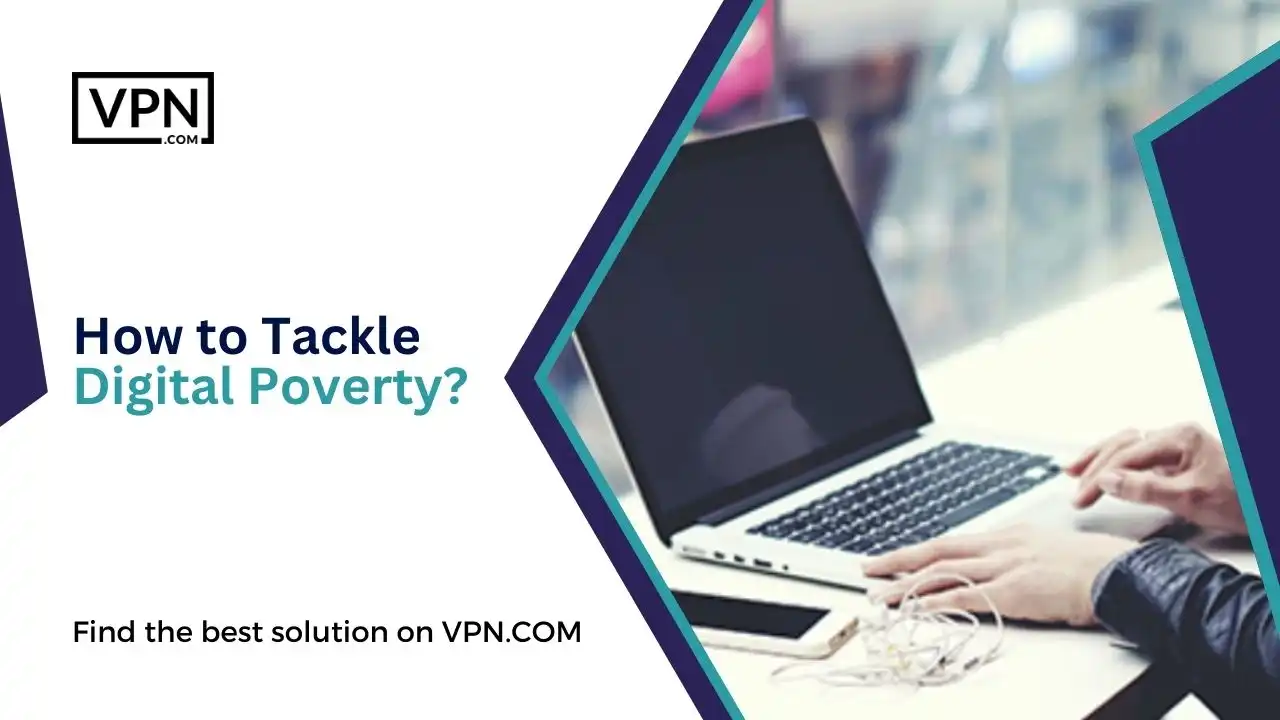
Digital poverty, defined as the inability to interact with the online world as per individual needs fully, is an acute problem in our increasingly digital society. It is not just about internet or device access but also the skills to use them effectively. Digital poverty is closely related to financial poverty, age, and education and worsens existing social inequalities.
Tackling digital poverty requires a multi-faceted approach, including making technology and internet access more affordable, improving digital literacy, and advocating for policy changes. It’s a community issue that needs community-led solutions, and addressing it is crucial for social inclusion and economic recovery. This blog post mainly focuses on this issue and its solution. So, read till the end to get exactly what you want.
How Does Digital Poverty Affect People?
Digital poverty has significant impacts on individuals and societies. People affected by digital poverty may lose access to valuable job opportunities and be unable to participate fully in the global digital economy. This can lead to increased unemployment and hinder access to economic opportunities.
Moreover, digital poverty can limit access to essential online resources, including education, healthcare, and government services. It can also deepen the social and economic divides within society. For example, students from low-income households are more likely to lack internet access, which can impact their educational opportunities.
Moreover, digital poverty can lead to social isolation. As more services and social connections move online, those who need digital access can find themselves increasingly isolated. This is particularly true for older individuals, who are often left behind in a rapidly evolving digital landscape.

Get Started w/ NordVPN Today
- Top-rated VPN for OS unknown
- Ultra-fast speed in US in 2024
- Save 69% off with VPN.com Discount
- Plans starting at $2.99/month
GUARANTEE
Understanding the Causes of Digital Poverty
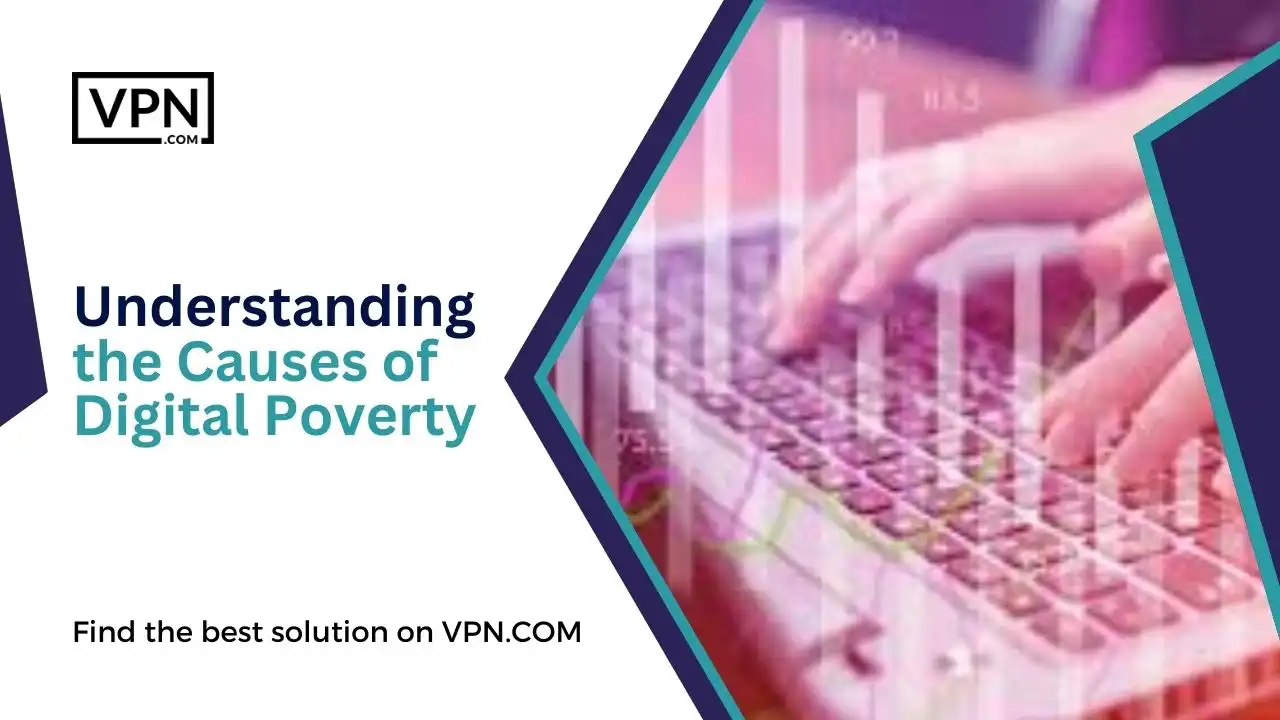
Understanding the causes of digital poverty is essential to addressing this multifaceted issue. While the term “digital divide” often captures the basic idea of technological disparities, digital poverty delves deeper into the minimum levels of ICT use and consumption necessary for individuals to meet their information and communication needs.
Financial constraints, geographical barriers, and a need for digital literacy and education influence it. This introduction sets the stage for a detailed exploration of these underlying causes that prevent full participation in the digital world.
Financial poverty causing digital poverty
Financial poverty is a significant factor contributing to digital poverty. Due to the associated costs, individuals with low or no income often need help accessing digital devices and the internet.
This lack of access to Information and Communication Technology (ICT) can further worsen their financial poverty, as it limits their ability to participate in the digital economy, access online job opportunities, and utilize digital resources for education and skill development.
Moreover, the affordability of internet connection and digital devices is a crucial issue, with around 2 million households struggling to afford their internet bills. Therefore, financial and digital poverty are closely intertwined, reinforcing the other in a vicious cycle.
Access issues due to geography
Geographical location plays a significant role in causing digital poverty. Due to inadequate infrastructure, people living in rural or remote areas often need help accessing reliable and high-speed internet. The terrain in these areas can make establishing the necessary infrastructure for internet connectivity is challenging.
Moreover, these areas often need more options for internet service providers and slower connection speeds. This geographical digital divide is a national and global issue, with over half the global population lacking access to high-speed broadband. Therefore, geography significantly contributes to digital poverty, creating a stark divide between urban and rural areas regarding digital access.
Lack of digital skills and education
Lack of digital skills and education is a significant cause of digital poverty. In a world where 92% of jobs require digital skills, a substantial portion of the population needs more digital literacy to participate fully in the digital economy.
This lack of skills can lead to poorer health outcomes, increased social isolation, and less access to jobs and education. It can also exacerbate educational disparities, as students need internet access or digital skills to keep up with online learning.
Furthermore, the digital skill divide unevenly impacts workers of color, low-income individuals, and rural residents, further deepening social inequalities. Therefore, addressing the lack of digital skills and education is crucial in tackling digital poverty.
Strategies to Tackle Digital Poverty
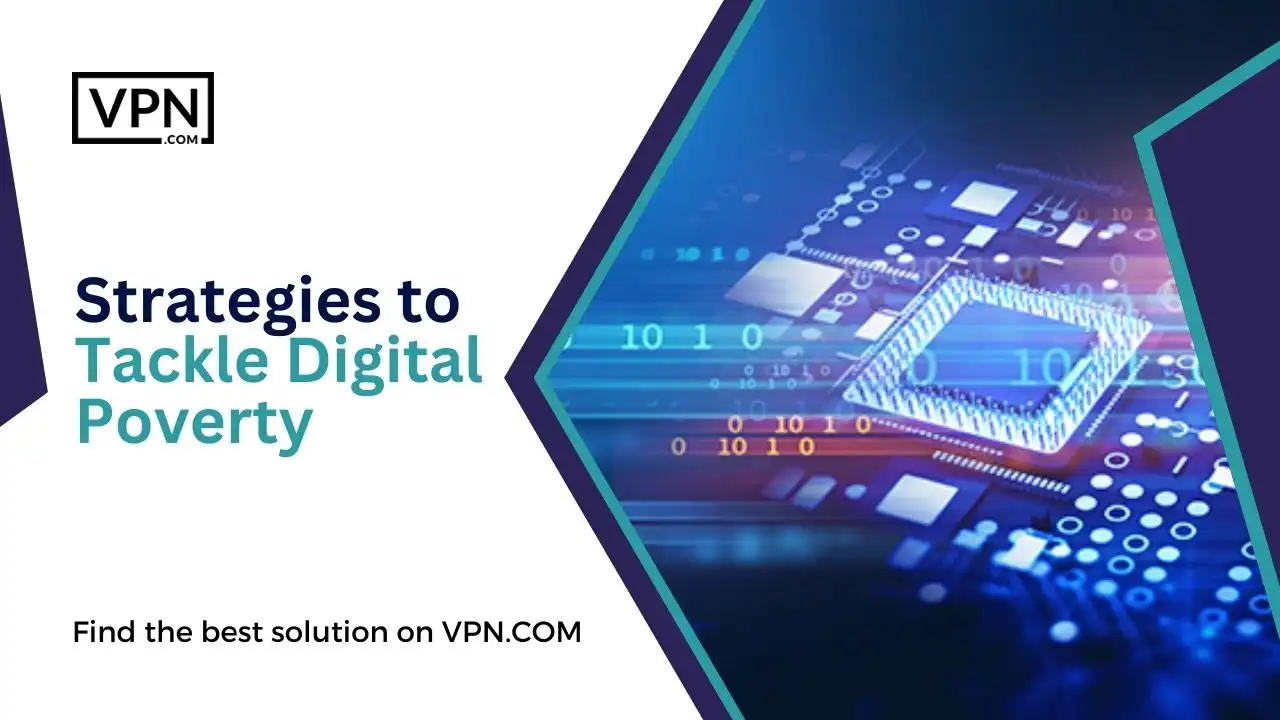
To tackle digital poverty effectively, a strategic and collaborative approach is essential. Strategies must address the multifaceted nature of the issue, from enhancing connectivity and affordability to boosting digital literacy and education.
This introductory overview paves the way for a deeper dive into the comprehensive measures required to bridge the digital divide and empower all individuals in the digital age.
Make technology and internet access more affordable
Making technology and internet access more affordable is a fundamental strategy in combating digital poverty. High connectivity costs and devices are significant barriers for low-income individuals, with around 2 to 4 billion people worldwide needing internet access.
Governments and organizations are addressing this by investing in infrastructure to reduce broadband service costs, offering subsidies and vouchers for low-income households, and raising competition among service providers to lower prices.
Such measures are crucial for enabling access to the digital economy and resources for education and skill development, which can help break the cycle of poverty and digital exclusion.
Government programs like the Affordable Connectivity Program
The Affordable Connectivity Program (ACP) is a Federal Communications Commission (FCC) initiative to ensure households can afford the broadband they need for work, school, healthcare, and more. The program provides a discount of up to $30 per month toward internet service for eligible households and up to $75 per month for households on qualifying Tribal lands.
Moreover, eligible households can receive a one-time discount of up to $100 to purchase a laptop, desktop computer, or tablet from participating providers, provided they contribute more than $10 and less than $50 toward the purchase. The ACP is a significant step in making technology and internet access more affordable, helping tackle digital poverty.
Private sector initiatives
Private sector initiatives are essential in addressing digital poverty by leveraging resources and innovation to increase access to technology and the Internet. Companies offer low-cost internet services to low-income households and implement digital inclusion programs to provide access to technology and training.
Partnerships with nonprofit organizations, such as the 4-H Tech Changemakers program supported by corporate partners, empower young people to improve their digital skills. Tech giants like Microsoft are working to build broadband infrastructure through initiatives like the Airband Initiative.
Corporate social responsibility programs often include digital inclusion to help bridge the digital divide. These efforts complement public sector initiatives, creating a more comprehensive approach to tackling digital poverty.
Improve digital literacy
Improving digital literacy is a critical strategy in tackling digital poverty. Digital literacy, encompassing technological know-how and ethical, social, and reflective practices, is imperative in today’s digital age. It prepares individuals with the necessary skills to effectively use digital tools, access online resources, and participate in the digital economy.
Digital literacy can help low-income groups improve their cognitive abilities, better use digital platforms for job searching, and participate more effectively in digitally relevant areas of life. It also empowers individuals to become connected citizens, understand how to communicate in digital spaces, and utilize various software programs. Therefore, enhancing digital literacy is essential for bridging the digital divide and alleviating digital poverty.
Incorporate digital literacy in school curriculums
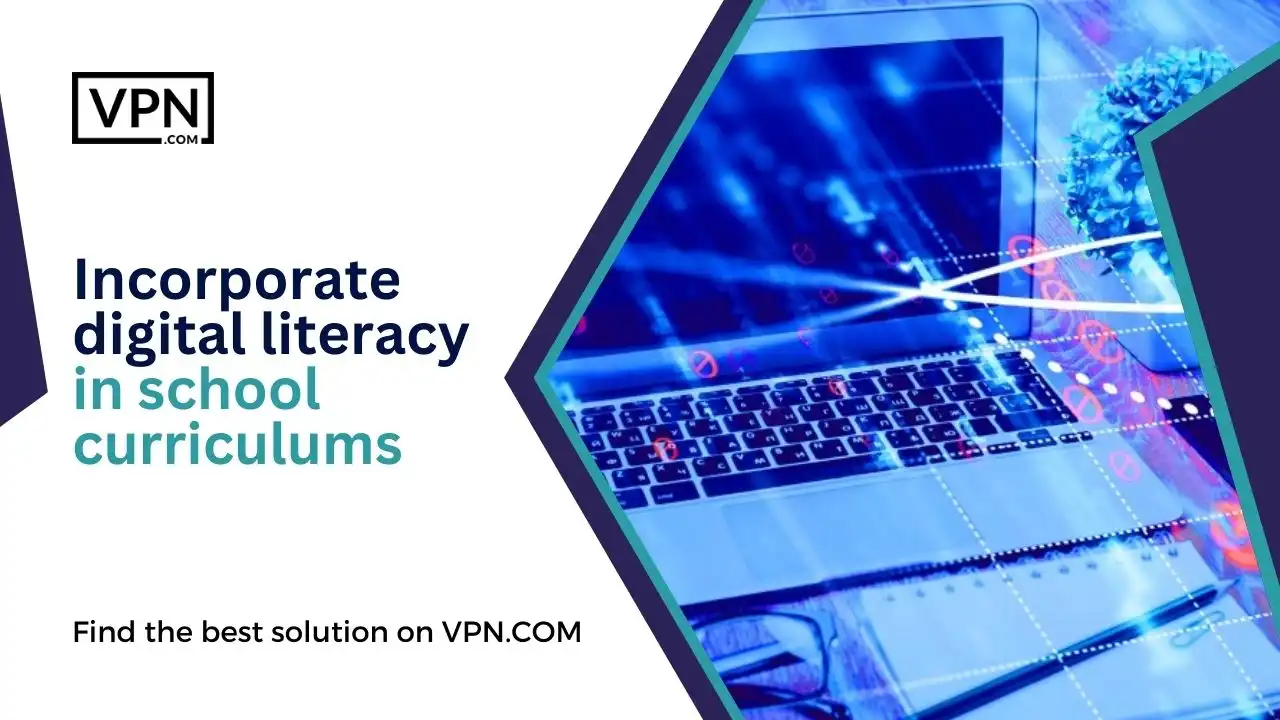
Incorporating digital literacy into school curriculums is a proactive strategy to tackle digital poverty. By inserting digital skills training into the education system, we can equip the next generation with the necessary competencies to navigate the digital world effectively.
This approach enhances students’ ability to use technology for learning and prepares them for future careers in an increasingly digital economy. It’s a forward-thinking strategy that addresses digital poverty at its roots, fostering digital inclusion and equity from an early age.
Community-level initiatives and adult education programs
Community-level initiatives and adult education programs are essential in tackling digital poverty. These initiatives focus on enhancing digital literacy and providing access to digital resources among adults, particularly those in marginalized communities. They often collaborate with public libraries, local government agencies, educational bodies, businesses, and charitable organizations.
For instance, the Digital US Coalition offers an online Digital Navigator Playbook that includes case studies of digital navigator services in adult education and community settings.
These programs provide digital skills training and help individuals navigate the digital world, access online resources, and utilize digital tools effectively. Doing so empowers individuals to participate fully in the digital economy and society, thereby reducing digital poverty.
Provide access to devices
Providing access to devices is a critical component in the fight against digital poverty. As digital tools become increasingly necessary for education, work, and accessing services, the lack of a device can severely limit an individual’s ability to participate in the digital world. Public-private partnerships are one way to address this issue, with corporations and government bodies working together to offer affordable or even accessible access to digital devices.
Subsidized device programs for low-income households, partnerships with technology manufacturers to create affordable devices, and establishing community centers equipped with computers and internet access are all practical steps that can be taken.
These efforts ensure that the most vulnerable populations, including students and low-income families, have the tools for digital learning and other online activities, thereby reducing the digital divide.
Policy Changes to Address Digital Poverty
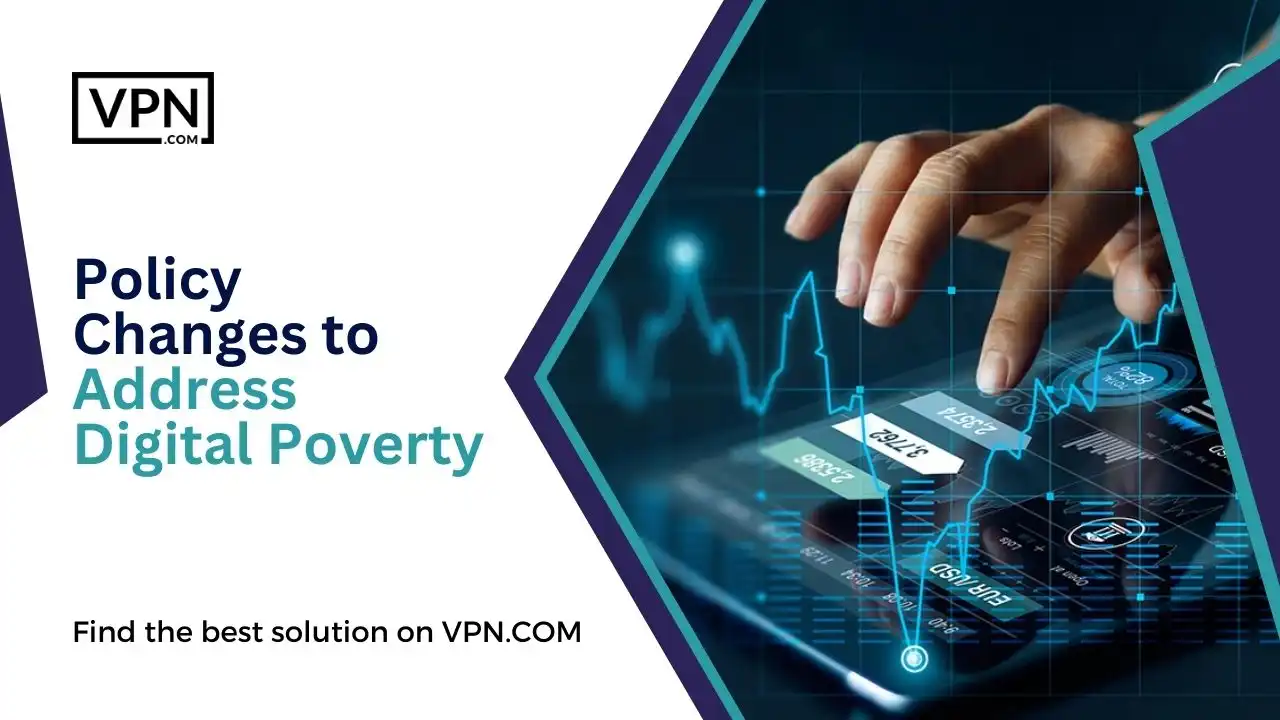
Policy changes are crucial in addressing digital poverty and promoting digital equity. One strategy involves advocating for local, state, and federal policies supporting digital inclusion. These policies promote digital equity by expanding access to affordable broadband service, appropriate devices, and digital skills training.
Another approach is integrating digital literacy into existing federal grant programs. For instance, the U.S. Department of Education funds digital literacy initiatives to enhance technology integration into instruction and increase student access to technology.
Lastly, policies that support households experiencing poverty to purchase devices are also essential. Programs like the Affordable Connectivity Program by the Federal Communications Commission (FCC) offer discounts to eligible households for internet service and a one-time discount for purchasing a laptop, desktop computer, or tablet.
These policy changes, when executed effectively, can help bridge the digital divide, ensuring that all individuals, regardless of their socio-economic status, have the opportunity to participate fully in the digital economy and society.
Community-Led Solutions
Community-led solutions are instrumental in tackling digital poverty and bridging the digital divide. Community organizations, libraries, and local governments play a pivotal role. They understand the unique needs of their communities and can tailor solutions to meet those needs.
For instance, community organizations can provide residents with digital literacy training and device access. Libraries, often considered trusted community hubs, can offer free internet access, digital literacy programs, and device lending services. Local governments can implement policies that promote digital inclusion and partner with service providers to improve broadband infrastructure.
City-wide, regional, and state-wide broadband and digital inclusion planning programs are also crucial. These programs ensure that all residents, regardless of location or socio-economic status, access affordable, reliable broadband service. They involve comprehensive planning and collaboration among various stakeholders, including government agencies, service providers, community organizations, and residents.
For example, the City of Seattle’s Digital Equity Initiative is a city-wide effort to improve connectivity, digital skills training, and device access for all residents.
In conclusion, community-led solutions are vital to the multi-faceted approach needed to tackle digital poverty. They ensure that solutions are locally relevant, inclusive, and sustainable, promoting digital equity and social inclusion.

Get Started w/ NordVPN Today
- Top-rated VPN for OS unknown
- Ultra-fast speed in US in 2024
- Save 69% off with VPN.com Discount
- Plans starting at $2.99/month
GUARANTEE
Conclusion
Addressing digital poverty is critical for fostering social inclusion and driving economic recovery. As our world becomes increasingly digital, accessing and effectively using digital tools is no longer a luxury but a necessity. Digital poverty exacerbates social inequalities and hinders economic growth, making it a critical issue that demands urgent attention.
Tackling digital poverty requires a multi-faceted approach that involves all sectors of society. Government policies can provide the necessary regulatory framework and resources, while private sector initiatives can leverage innovation and market forces to enhance access and affordability.
Community-led solutions ensure that strategies are locally relevant and inclusive. By working together, we can bridge the digital divide, empower individuals to participate fully in the digital world and create a more impartial society.
The fight against digital poverty is not just about technology; it’s about ensuring everyone can prosper in the digital age. For more informative articles like this you should checkout vpn.com.
Customer Reviews for NordVPN: In-Depth Review, Tests, and Stats

Connection issues with MLB.TV
May, 2 2023

Prompt customer service
May, 6 2023

I would highly recommend
December, 15 2023

Jessica Day
Senior Director, Marketing Strategy, Dialpad
Jessica Day is the Senior Director for Marketing Strategy at Dialpad, a modern business VoIP telephone system that takes every kind of conversation to the next level—turning conversations into opportunities. Jessica is an expert in collaborating with multifunctional teams to execute and optimize marketing efforts for both company and client campaigns. Here is her LinkedIn.



